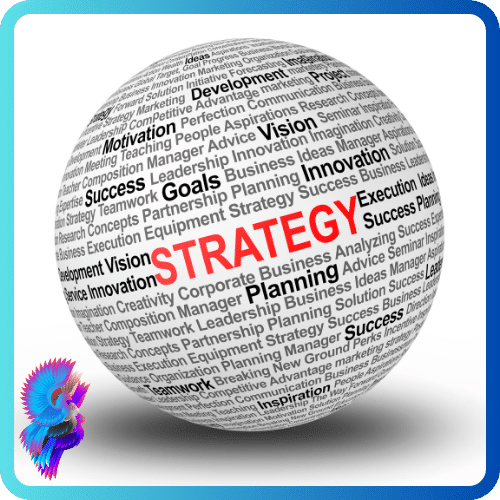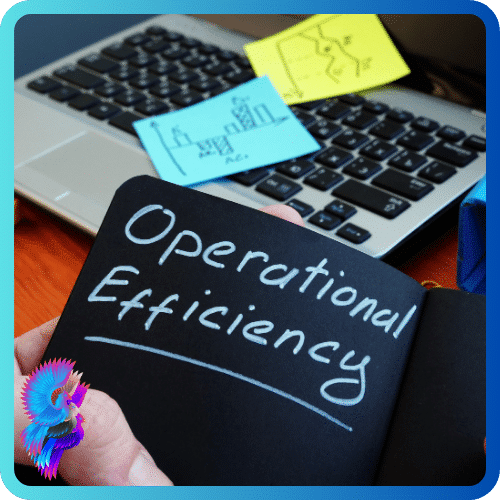Advertisements
Orchestrating Success in Dynamic Environments
Introduction:
Strategic management is a holistic and iterative approach that organizations employ to formulate, implement, and evaluate strategies that align with their long-term goals and objectives.
It involves a comprehensive analysis of internal and external factors, strategic decision-making, and the effective allocation of resources. This essay delves into the intricacies of strategic management, examining its key components, methodologies, and the transformative impact it has on organizational success.
I.Key Components of Strategic Management:
1.Environmental Analysis:
Strategic management begins with a thorough analysis of the external environment.
This involves assessing factors such as political, economic, social, technological, and legal influences that may impact the organization.
Additionally, understanding market trends, competitor behavior, and industry dynamics is crucial.
2.Internal Analysis:
Organizations conduct an internal analysis to identify their strengths, weaknesses, opportunities, and threats (SWOT analysis).
This self-assessment helps in understanding the organization’s capabilities and limitations, providing valuable insights for strategy formulation.
3.Strategy Formulation:
Strategy formulation is a central component of strategic management.
It involves selecting the most effective course of action to achieve organizational goals.
Strategies may focus on differentiation, cost leadership, innovation, or other approaches based on the organization’s unique position in the market.
4.Resource Allocation:
Effective resource allocation is a critical aspect of strategic management.
This includes allocating financial, human, and technological resources in a manner that supports the chosen strategies.
Efficient resource utilization is essential for successful strategy implementation.
5.Strategy Implementation:
Implementation is the execution phase of strategic management.
It involves translating formulated strategies into concrete actions.
This may include changes in organizational structure, business processes, technology adoption, and employee training.
6.Monitoring and Evaluation:
Continuous monitoring and evaluation are integral to strategic management.
Organizations establish key performance indicators (KPIs) and metrics to measure progress toward strategic goals.
Regular assessments help identify areas for improvement and ensure strategies remain aligned with organizational objectives.
II. Methodologies in Strategic Management:
1.SWOT Analysis:
SWOT analysis is a widely used tool in strategic management.
It systematically evaluates an organization’s strengths, weaknesses, opportunities, and threats, providing a comprehensive understanding of its internal and external landscape.
2.Balanced Scorecard:
The Balanced Scorecard is a strategic management framework that translates an organization’s mission and vision into a set of performance indicators.
It helps organizations monitor and measure performance across multiple dimensions, including financial, customer, internal processes, and learning and growth.
3.Scenario Planning:
Scenario planning involves creating multiple future scenarios to anticipate various potential outcomes.
This approach helps organizations prepare for uncertainties and enhances their ability to adapt to different future conditions.
4.Blue Ocean Strategy:
The Blue Ocean Strategy encourages organizations to seek uncontested market spaces, creating new demand and avoiding direct competition.
It involves innovating and creating value in ways that set the organization apart from competitors.
5.Agile Strategic Management:
In response to the fast-paced and dynamic business environment, some organizations adopt agile strategic management methodologies.
This approach emphasizes flexibility, adaptability, and iterative decision-making to respond quickly to changing circumstances.
III. The Transformative Impact of Strategic Management:
1.Enhanced Competitive Advantage:
Strategic management enables organizations to develop and sustain a competitive advantage.
Whether through cost leadership, differentiation, or innovation, a well-formulated and effectively implemented strategy sets an organization apart from its competitors.
2.Improved Decision-Making:
Strategic management provides a structured framework for decision-making.
Leaders can make informed choices based on a comprehensive understanding of the organization’s internal and external factors, ensuring decisions are aligned with strategic goals.
3.Adaptability to Change:
Organizations practicing strategic management are better equipped to adapt to change.
The continuous monitoring and evaluation processes allow for quick adjustments to strategies, ensuring relevance and effectiveness in dynamic environments.
4.Optimized Resource Utilization:
Strategic management facilitates optimal resource allocation.
By aligning resources with strategic priorities, organizations can maximize their efficiency and effectiveness, ensuring that resources are directed toward initiatives that contribute most significantly to overall success.
5.Long-Term Sustainability:
Strategic management contributes to the long-term sustainability of organizations.
By providing a roadmap for future development and growth, organizations can navigate challenges, seize opportunities, and build a foundation for enduring success.
Conclusion:
In conclusion, strategic management is a comprehensive and transformative approach that organizations employ to navigate the complexities of the business environment.
By integrating environmental analysis, internal assessment, strategy formulation, resource allocation, and continuous monitoring, strategic management provides a roadmap for success.
Its impact extends beyond individual strategies, influencing decision-making processes, resource utilization, and the overall sustainability of organizations.
As a dynamic and iterative process, strategic management is indispensable for organizations aiming not only to survive but to thrive in ever-evolving and competitive landscapes.
Advertisements























